
ver feel the need to prise open the dictionary when you come across phrases such as ‘carbon-neutral,’ ‘social responsibility’ or ‘circular design’? These words are entailed within the umbrella term 'Sustainability.' Today, the multifaceted concept of sustainability holds immense gravity and relevance. It is unanimously agreed upon that sustainability is the need and necessity of the hour. While it is too late to reinstate our planet back to its erstwhile remarkable glory, we must do everything we can to not deteriorate its state further.
Qalara breaks down some key terms and concepts within the purview of sustainability. While at it, we also show you how Qalara’s sellers measure up to the cause. The forthcoming concepts have been adopted by companies and brands across the globe to display their cognizance of environmental, social, and economic concerns.
Carbon footprint
The scores of industrial activities humans undertake in the name of progress end up adversely affecting the Earth in one way or another. In simple terms, the carbon footprint of a person, product, place, organization or service is the greenhouse gas (GHG) they emit in total. Some examples of these harmful gases are carbon dioxide, hydrochlorofluorocarbons (HCFCs), hydrofluorocarbons (HFCs), methane and nitrous oxide.
Among the myriad reasons that cause emissions of these gases, some include land clearance, burning of fossil fuels, and more importantly for us, manufacturing, production and processing of goods. The manufacturing industry alone is responsible for a jarring 1/5th of carbon emissions!
Dwelling closer, the Product Carbon Footprint (PCF) indicates the carbon emissions of a product. The activities involved in the development and life cycle of a product, right from extraction of raw material to its disposal, contribute to serious environmental impacts and risks. As corrective measures, manufacturers help mitigate the PCF by monitoring and reducing energy usage, recycling, collaborating with fair-trade avenues, practicing eco-friendly packaging, using sustainable materials, etc.
This seller on Qalara markets its fashion products using a socially responsible and conscious approach. In that, it advocates ethical production with a focus on limiting the carbon footprint.
This Mumbai-based brand listed on Qalara is sustainablility-personified! In its catalog are handmade wonders made out of natural and recycled materials. Relying on such materials and making use of traditional forms of production help drag down the carbon footprint by miles!
Over 1 million products on Qalara are made using artisanal methods of production, curbing the carbon footprint substantially. Our partner-producers take all the necessary measures to limit their carbon footprint and we couldn’t be more proud of their efforts to conserve while being creative!
Carbon neutral
The term carbon-neutral has catapulted into the mainstream and is being adopted by most new start-ups. Simply put, this means the carbon dioxide (CO2) and greenhouse gases let out by a company into the atmosphere will be commensurate with the amount being removed by it through various carbon offset projects. It is non-viable to achieve zero-carbon emissions, and therefore, counterbalancing the footprint by investing in low-carbon technologies and renewable sources of energy is imperative in the current scenario. Such efficient choices will also take the edge off risks of possible future regulation that heavily taxes carbon consumption.
Explore this eco-friendly fashion brand’s clever clothing made from the wonder-crop – Hemp.
When it comes to carbon neutrality, no one is doing it as good as this Mumbai-based home textile brand! Skim through the product catalog of this ‘carbon-neutral organization’ that uses 100% natural materials and manual processes.
Circular design
In today’s world, where the take-make-dispose culture results in an enormous quantity of waste, the concept of circular design is gaining ground with its focus on restoration and regeneration.
Let’s decode the name first. Circle, as we know, has no beginning or end, while it does insinuate a direction and can also signify movement. So, what is circular design? It’s a form of design, where the end creations no longer have a life cycle with a beginning, middle, and end, thereby creating less waste and more value. Aiming to protect the environment, the foundation of circular design revolves around rethinking the process of building a product right from the beginning.
With the ever-growing concerns around sustainability, progressive brands are promoting commitments to circular models, positioning upcycling, reuse, recycling, and longer product lifespan at the heart of their business strategy.
One such forward-thinking seller at Qalara, who is also the winner of ‘Drapers Sustainable Fashion Awards 2021’ for the best ‘Circularity Initiative’, presents a range of fashion ensembles that ascertains that style and sustainability can coexist!
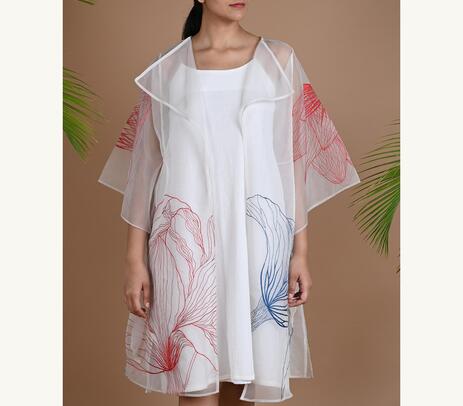
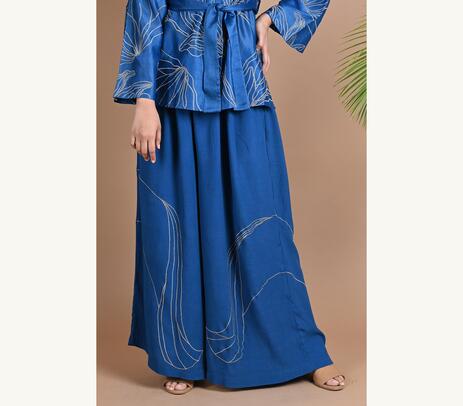
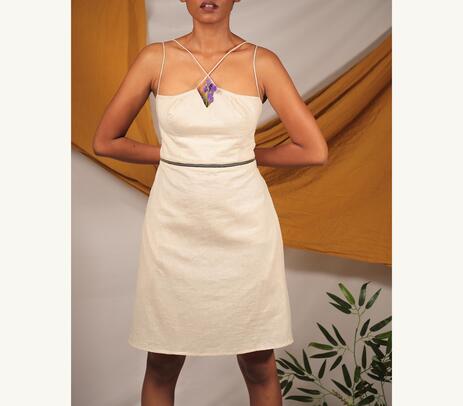
These garments have been handmade by the rural artisans of Gujarat. Furthermore, the brand uses natural dyes and organic, ethically-sourced cotton; promoting an ethical balance between striving for profits and encouraging rural artisans to be independent.
With the new report by Circle Economy, that states “moving to a fully circular economy would cut greenhouse gas emissions by 72%”, it’s time to go circular!
Also read: Understanding circular economy initiatives
Cradle to cradle
An antithesis to the linear Cradle-to-Grave life of products, the circular Cradle-to-Cradle (C2C) approach borrows from the restorative rules of primordial nature. American green architect and co-author of the book, ‘Cradle to Cradle’, William McDonough enunciates that design is a signal of human intention that has to occur within a world where we imbue it with inherent intelligence so as to maximize ecological health, by looking at the basic state of affairs in which we design, right from its inception. A product therefore must be designed for its next use, to be a future asset as opposed to a liability.
In business, this design ideology is a blueprint synonymous with making purposeful choices, protection of the environment, elimination of waste, rescuing natural resources and repurposing them for further use. Its crux lies in the good ol’ phrase we have all been taught – Reduce-Reuse-Recycle! A marvelous, regenerative material that fits into this conscious model of design is cork and products made from it.
Check more designs forged out of this benign material here.
Inclusive design
Creating a user-friendly format in order to make things easier and more efficient than before is one of the most important goals to achieve while creating a design. However, with the turning wheel of time, another aspect has risen and is becoming more critical as well as relevant in modern times. This aspect, ‘Inclusive Design’, has proved to be a game-changer. It simply means being able to create an all-inclusive design that reaches and is easily serviceable to as many users as possible. A shared objective to build products that are accessible to all and made for the welfare of all, connects the idea of inclusive design to the concept of sustainability.
As explained by host Anthony Mays of Engineering Everyday Equity on Google Developers, here’s the ABC of inclusive design:
- A: address diverse needs of current & future users
- B: build for everyone, with everyone
- C: continuously test & improve
Kat Holmes, SVP Product Design & UX at Salesforce and Author of “Mismatch: How Inclusion Shapes Design” highlighted the concept of the Social Model of Disability.
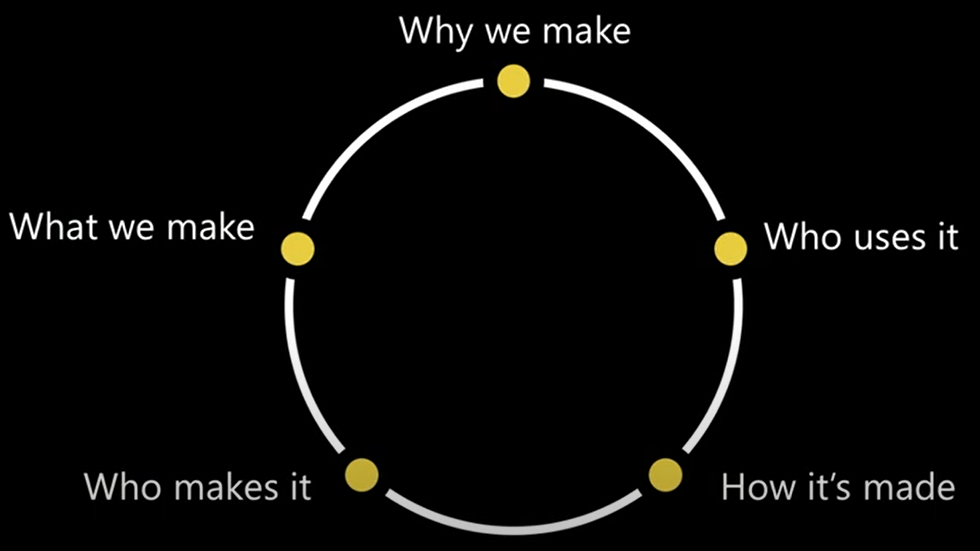
To deal with the challenges that may appear later in the journey of a design, she has suggested some elementary questions one must ask before and while creating it.
She also states some successful design adaptations that had inclusivity as their goal. Variations in the design of a typewriter and telephones over time, audiobooks, flexible straws, curb cuts, email, OXO tools, subtitles & captioning are some examples.
The inclusive design does not only target or benefit the group or community that was specifically kept in mind while making it. It helps everyone in the process in ways we might have not even imagine. Take the case of subtitles for example. Subtitles could be believed to have started to help people with hearing imparity, but now everyone seems to have benefitted from it. We use it when we come across new accents, when we’re watching something that isn’t in a familiar language, or even when we watch something without the audio.
This concept is working wondrously in bringing the world closer and making it a more comprehensive space online and offline. As useful as design interventions are becoming with time, this concept can give it wings and help people in unimaginable ways!
Reclaimed material
As the world population scale ticks to a whopping number of 8 billion, the human necessities also increase. This surplus increase in needs leads to excessive production of goods, and inevitably, the waste from the processing of those products ends up in the landfills or on the shores of water bodies. Reclaiming, or repurposing material, puts an end to this cycle. Reclaiming a material means the waste product is reused by adding some artistic touch. For example, the waste from construction sites could have plywood, bricks, metal scraps etc. This leftover material is then used to make new utility products, which are affordable, and also eco-friendly alternatives.
Reclaimed wood is one of the most widely used material in the world as it reduces the devastating impact of deforestation. According to environmentalist scientists, one tree consumes an average of 48 pounds of carbon dioxide every year and produces enough oxygen to sustain two human beings for life! As industries become more conscious about the depleting environment, using reclaimed wood is the new trend.
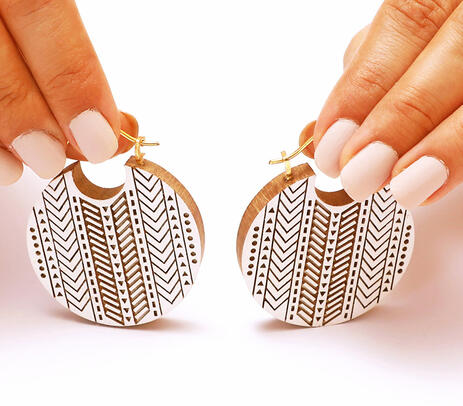
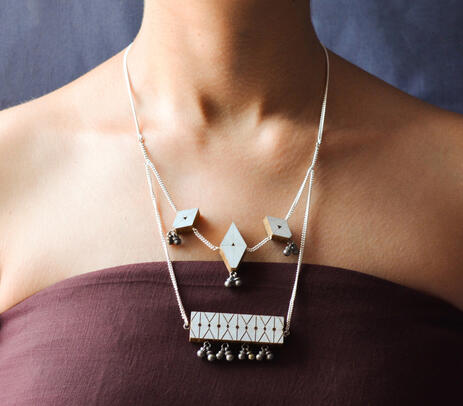
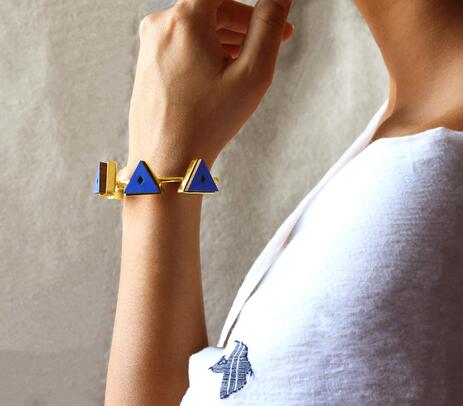
Social responsibility
Social responsibility leads to true sustainability. Being socially-responsible means to be transparent and take accountability of the impact a brand has on society and the environment. The theory of social responsibility is built on the ethics of “fairness”. It says that there must be a balance between the economic profits of a company and the welfare of society. Brands engage in these welfare activities by ethical labor practices, ecological-sustaining initiatives, charity work etc. Spanning across categories, upto 700 offerings on Qalara abide by fair-trade regulations, highlighting artisans and brands who are redefining the supply chain with a focus on social responsibility.
With women empowerment at the heart of everything this brand does, it tries to onboard women from underprivileged communities and give them opportunities to be independent. Moreover, another key focus is the environmental impact. The seller is very conscious of its sourcing habits and the residues left as waste. This brand has a range of handcrafted products like gift hampers, journals, self-care kits, and more.
Next on, this socially-conscious enterprise hailing from Tamil Nadu, challenges the notion of women only being masters at home-making and provides the tribal women of Western Ghats job-opportunities. These indigenous women are also given proper training before they are employed, and then they are given fair pay for their work, enabling them to have a stable livelihood. This brand also uses ethically-sourced cotton, making their products eco-friendly. Check out this boho-themed collection of decor products, made exclusively by the rural women artisans of the Nilgiri.
Take-back programs
Yet another great add-on to the list of sustainability concepts is the take-back program. Several manufacturers, brands and retailers undertake and integrate this concept into their work ethos as a sustainability measure. In this scheme, after a product reaches the end of its usability, it is procured back by the seller and reintroduced into their manufacturing and production cycle.
Implementing take-back programs holds multiple benefits (across various verticals) for the company as well the consumers. It can strengthen customer relationship. It reduces the environmental impact by preventing a colossal amount of recyclable materials from ending up in landfills. The strategy also relieves the end-user of the burden of disposing the item/s themselves. In fact, globally renown companies such as Apple, IKEA, and even Nike offer similar schemes and programs to their customers!
Net-zero emission
As mentioned previously, it is realistically impossible to achieve real-zero emission i.e. putting a stop to all emissions everywhere. In this case, chasing net-zero emission is the best case scenario. What is net-zero emission? In principle, the concept of zero emission is near-similar to carbon neutrality. The mark of difference is the mode of compensated emissions.
It tackles the question of how much is eliminated from the atmosphere in relation to how much is emitted into it. To achieve zero emission or net-zero emissions is to strike the perfect balance. While carbon neutrality allows achieving this balance through financed projects companies can undertake outside of their value chains, the net-zero approach compels organizations to abate the emission from their own value chains.
When an entity proclaims to have achieved zero-emission, it essentially has counterbalanced the release of emissions through various carbon removal processes (sequestration) and other production efforts. This is achieved by means of reducing GHG emissions, energy-efficient manufacturing, utilizing renewable energy, capturing carbon during production, and even conducting activities such as planting more trees and forging deeper relationships with customers and businesses to rope in their support and participation in the cause. Today, 3 countries – Bhutan, Panama and Suriname – absorb more GHG than they emit. In fact, these nations have gone beyond the net-zero stage to achieve a carbon negative status!
This brand from Bengaluru is a stellar case in point. It harbors a proactive approach and conducts regular tree plantation drives. Understanding the nature’s critical role in sustaining human life, the brand has curated a fit-to-purpose catalog that comprises of eco-friendly and 100% biodegradable products. Truly admirable!
With a sincere aim to maintain this equilibrium, these sellers and many others do their bit to keep the scales balanced.
Conclusion
It is high time we embrace the responsibility of actively restoring the Earth and leaving it a better place for the future generations. To help the environment sustain for years to come, it is imperative we slowly begin familiarizing ourselves with all these (and many more) critical terms. After all, one step following another, and you have walked miles altogether!



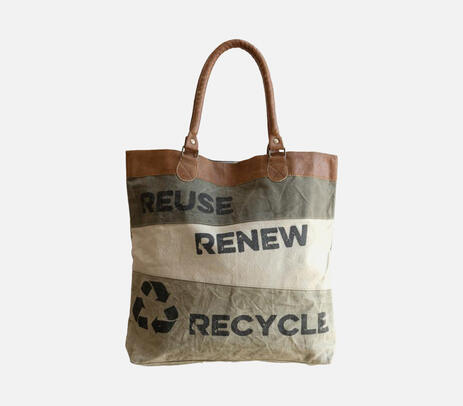
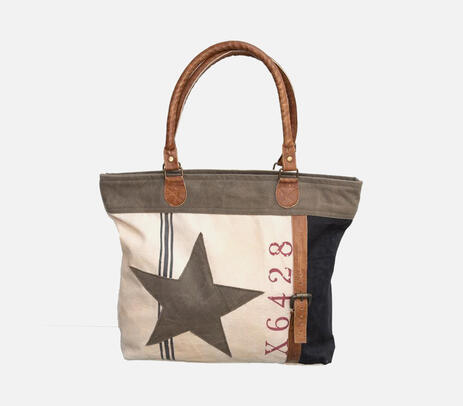
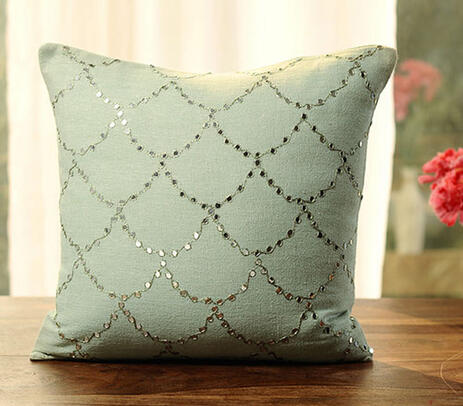
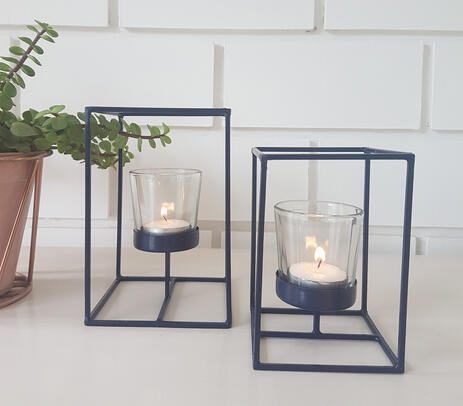
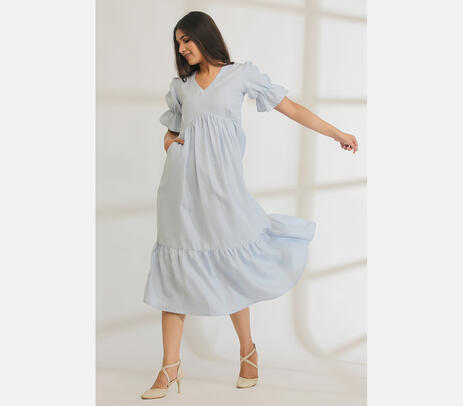
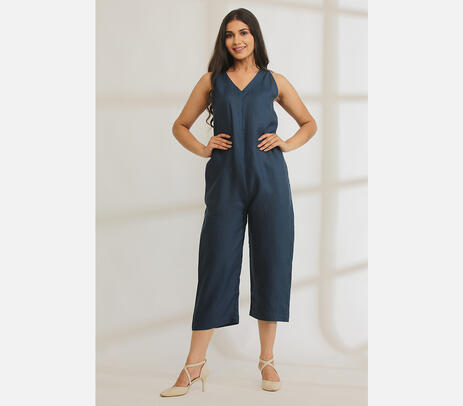
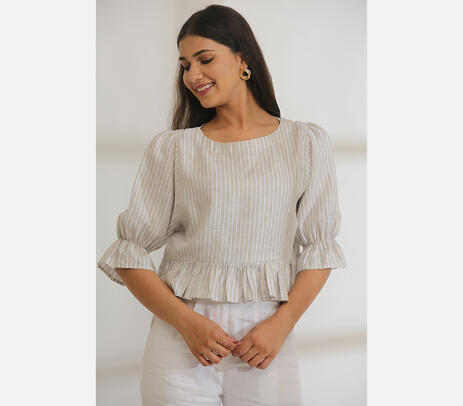
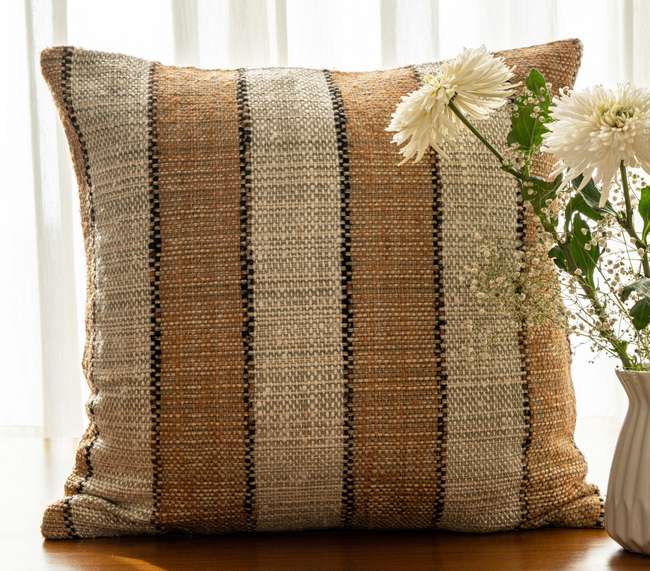
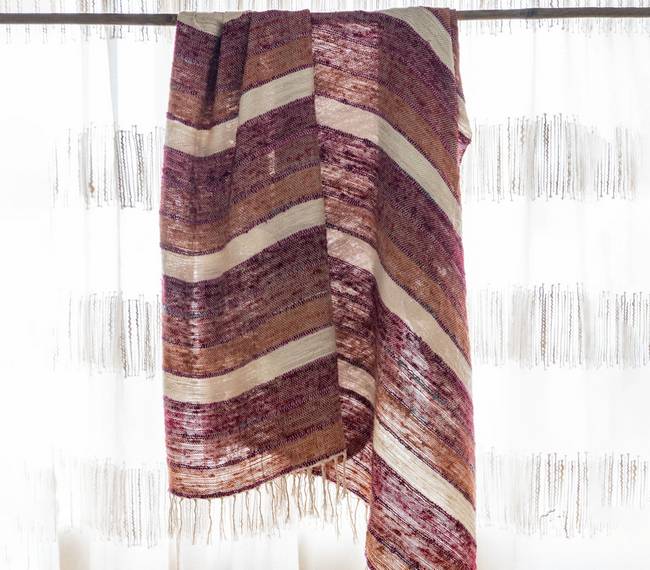
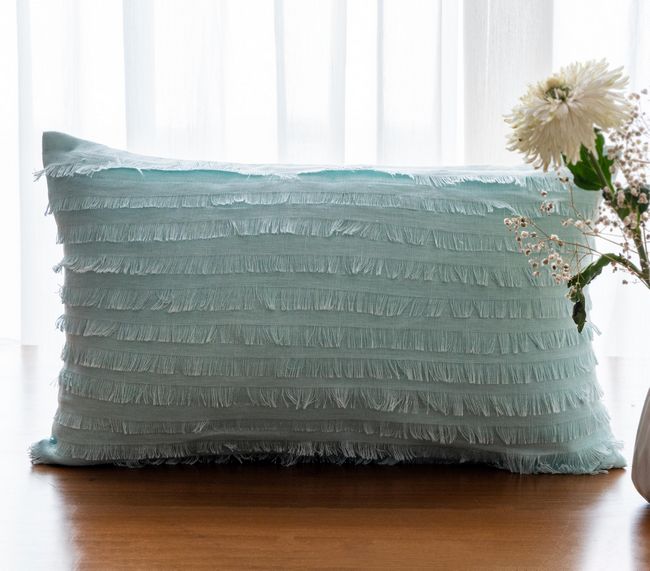
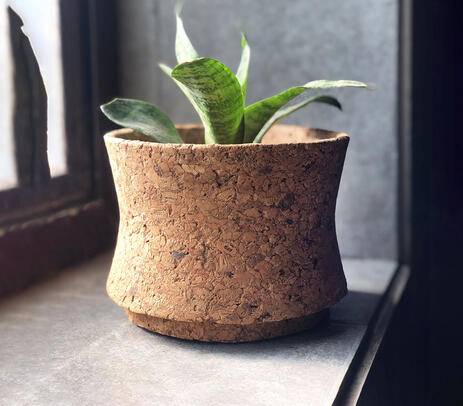
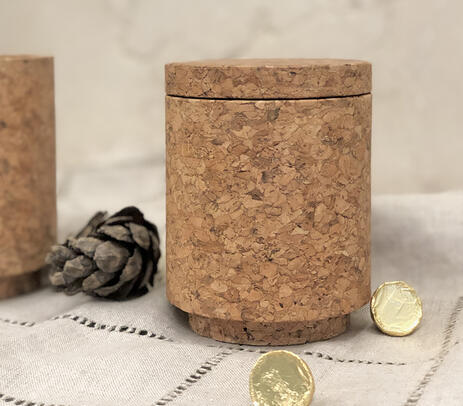
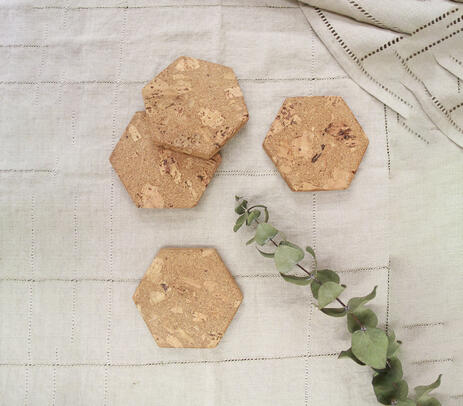
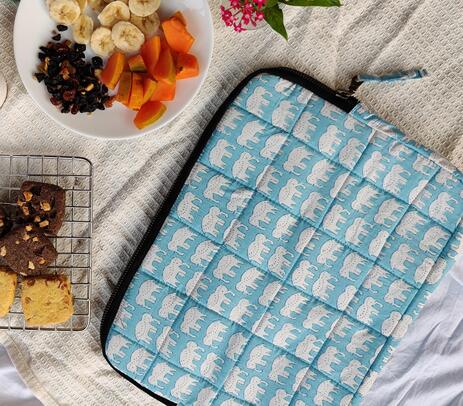
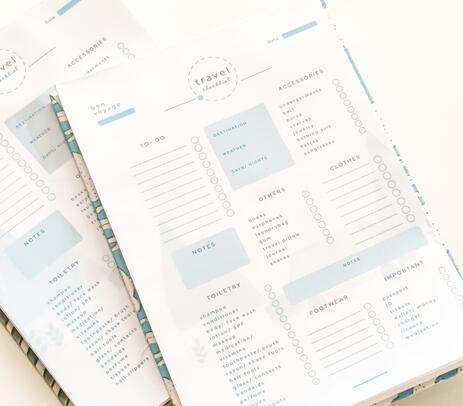
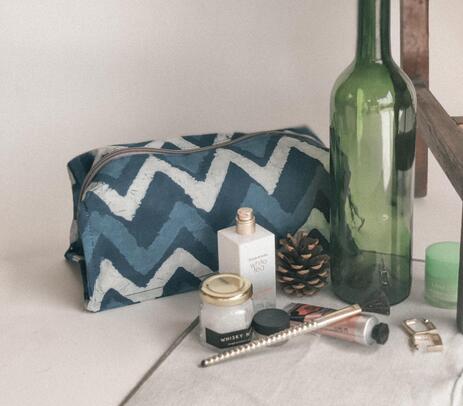
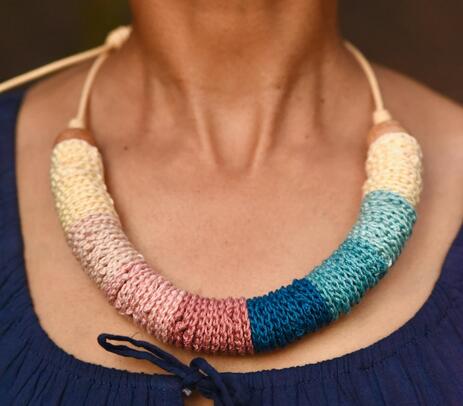
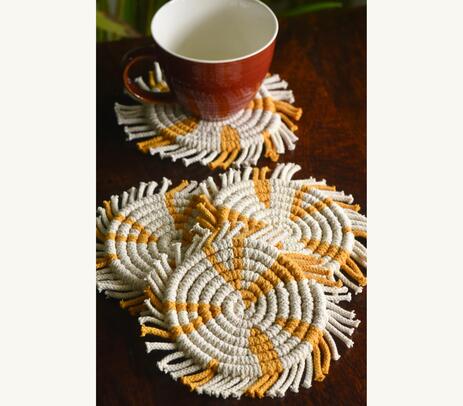
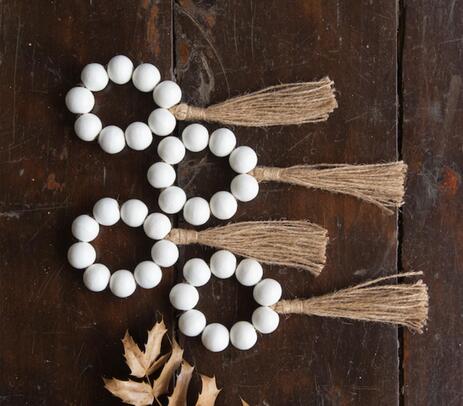
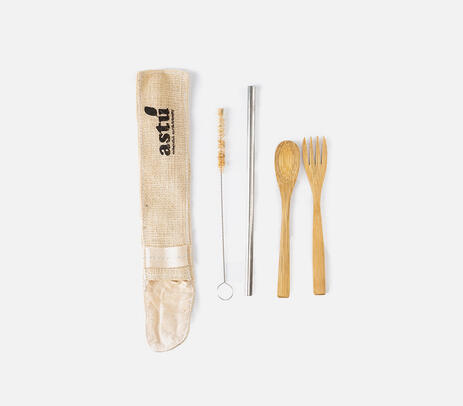
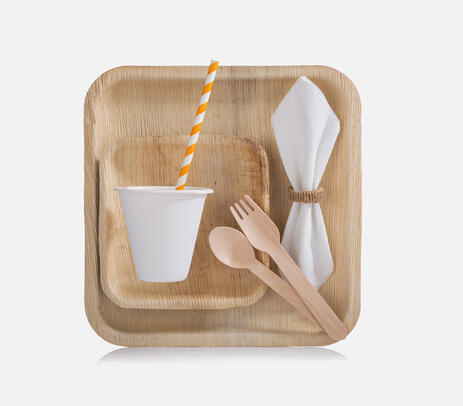
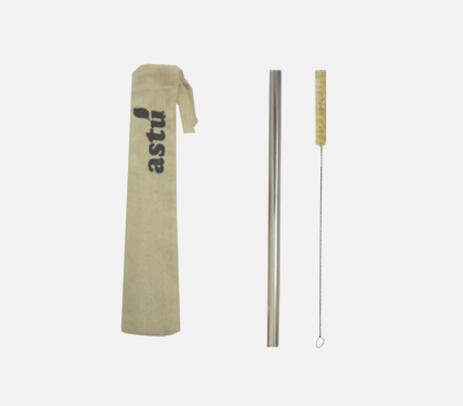



M.P.
Excellent article! Your breakdown of the topic was easy to understand and really informative.